Özge Samanci is a media and comic artist and associate professor of radio/television/film in the Northwestern’s School of Communication. She is also the author of Dare to Disappoint, an autobiographical graphic novel.
In this Q&A, Samanci shares the inspiration for her new graphic novel, Evil Eyes Sea. Published in summer 2024, the book examines political corruption, friendships and the threat of the male gaze, and is inspired in part by Samanci’s real-life experiences.
What parts of your life did you draw from for this book?
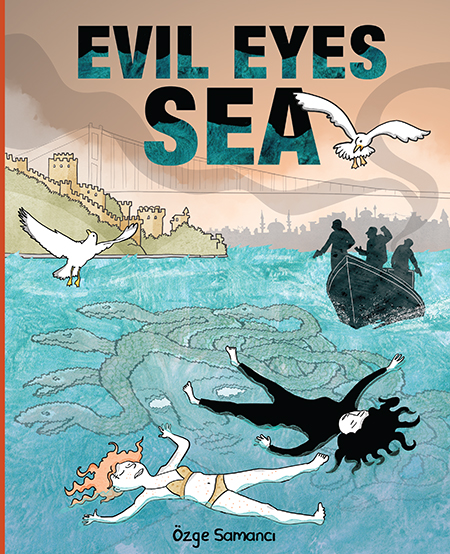
I attended Bosphorus University in Istanbul from 1992 to 1998. The public university admitted top students, but the dorms were severely underfunded. For four years I stayed in a 200-square-foot room with seven other women. We rarely had running water. There were no laundry facilities or refrigerators. We lived among cats, dogs, mice and birds. It was such an absurd place that I wanted to make a book about it.
My roommates (to whom my book is dedicated) were extremely resourceful and came up with ingenious solutions to complex problems. They inspired my book’s two main characters, Ece and Meltem, who are poor university students. Many anecdotes that take place in their dormitory came from my life.
Like Ece, I had a tutoring job. The unemployment rate was so high that college students could not get simple jobs like waiting tables. So tutoring was my only option. Once, I was paid in knock-off Levi’s jeans, which I then tried to sell.
The friendships my roommates and I formed, our resourcefulness amid such absurdity, were my starting points. I used the misery of the dormitory as a microcosm to talk about the misery of the country as a whole.
Was the murder plotline inspired by real events too?
No, that is completely fictional. But the murder mystery is another way of looking at what was happening in the country at the time: political scandals, cover-ups, male violence against women. None of my characters are representative of one politician; they are an amalgamation of many politicians and commonplace events in the Turkish political scene. Those problems persist today.
What themes do you explore in the book?
Evil Eyes Sea is a story of women searching for power within a climate of political hopelessness. In that world, there is solidarity and friendship. Characters try, and sometimes fail, to keep their personal values intact while facing pressure to be complicit in Turkey’s authoritarian regime, corrupt politics and patriarchal culture. It is a challenging world for Ece and Meltem to navigate.
In that patriarchal culture, the male gaze was always so present. The university I attended was a bubble, so we didn’t feel that penetrating gaze as much. But I wouldn’t wear what I wore on campus in the outside world. You develop methods of making yourself invisible, to protect yourself.
In the book, Meltem is attractive and grabs the attention of the male gaze, while Ece does not. So through these two characters I explore what it means for women to be both visible and invisible to the male gaze.
Ece and Meltem try to reclaim some control over their lives by pretending to wield the mythical power of Medusa’s gaze.
Where did that idea come from?
That came from lived experience. A close friend and I used stand in the cold for an hour, waiting for a public bus. It felt like the bus would never come. So we would play a game. We would say, “OK, if we can focus hard enough on that spot on the horizon, that bus is going to appear.” We were trying to find power in our desperation.
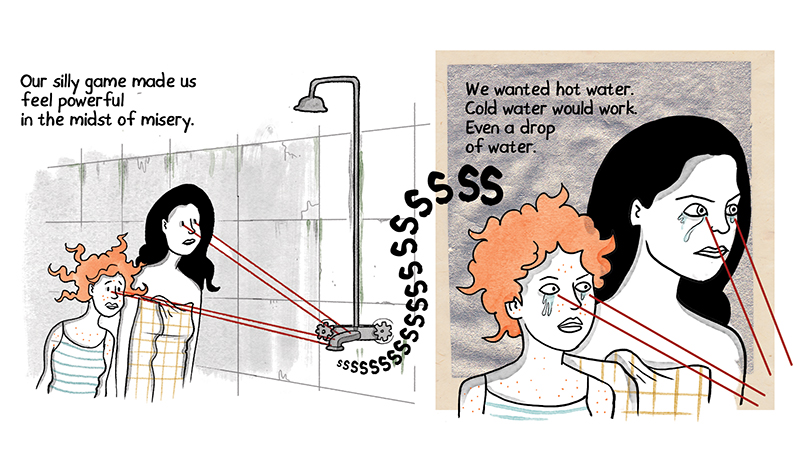
Excerpt from 'Evil Eyes Sea'
Many important scenes take place underwater, where Ece and Meltem go scuba diving. Why did you choose the sea as a setting?
Istanbul straddles the European and Asian continents. Every part of this city has been represented in movies, novels. But the part that’s connecting the continents — the sea — is relatively unexplored. Underwater, there is no gravity, and things are hidden. It was the perfect setting to create an atmosphere of magical realism.
Are you a scuba diver as well?
I was involved with the college scuba diving club, so I was familiar with the culture. But unfortunately, the club didn’t have a wetsuit that fit me. When I was training, my wetsuit was too big, and it filled with cold water on a snowy December day. So I abandoned the training.
For the book, I interviewed a military scuba diver who helped me understand what could happen underwater. He told me about the items that people throw into the sea — guns, jewelry, etc. — that divers must then retrieve. I built upon that, thinking this could be the perfect setting for a political scandal and murder mystery.
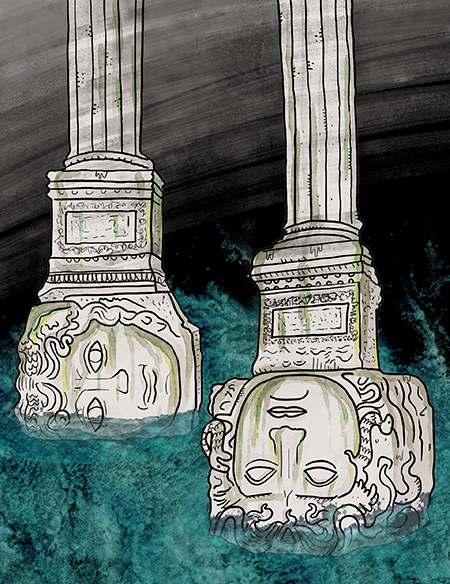
Illustration from Evil Eyes Sea
Despite the heavy themes, there’s humor in your drawings and dialogue — moments of levity in otherwise dismal circumstances. What do you hope readers will take away?
I want readers to feel present in the magical atmosphere I’m creating and experience a journey between time and cultures. While the U.S. is a democracy, there are astonishing parallels between the populist politics of Turkey and those of the U.S. today. I would love for readers to catch those similarities.
There’s loss, trauma and difficult questions: How are politics working for or against people? What does it take to change the world? How do you change people’s opinions? But the funniness and resilience of the characters, their honesty and dishonesty, and the plot twists and absurdities in the book create a balance of excitement and levity.
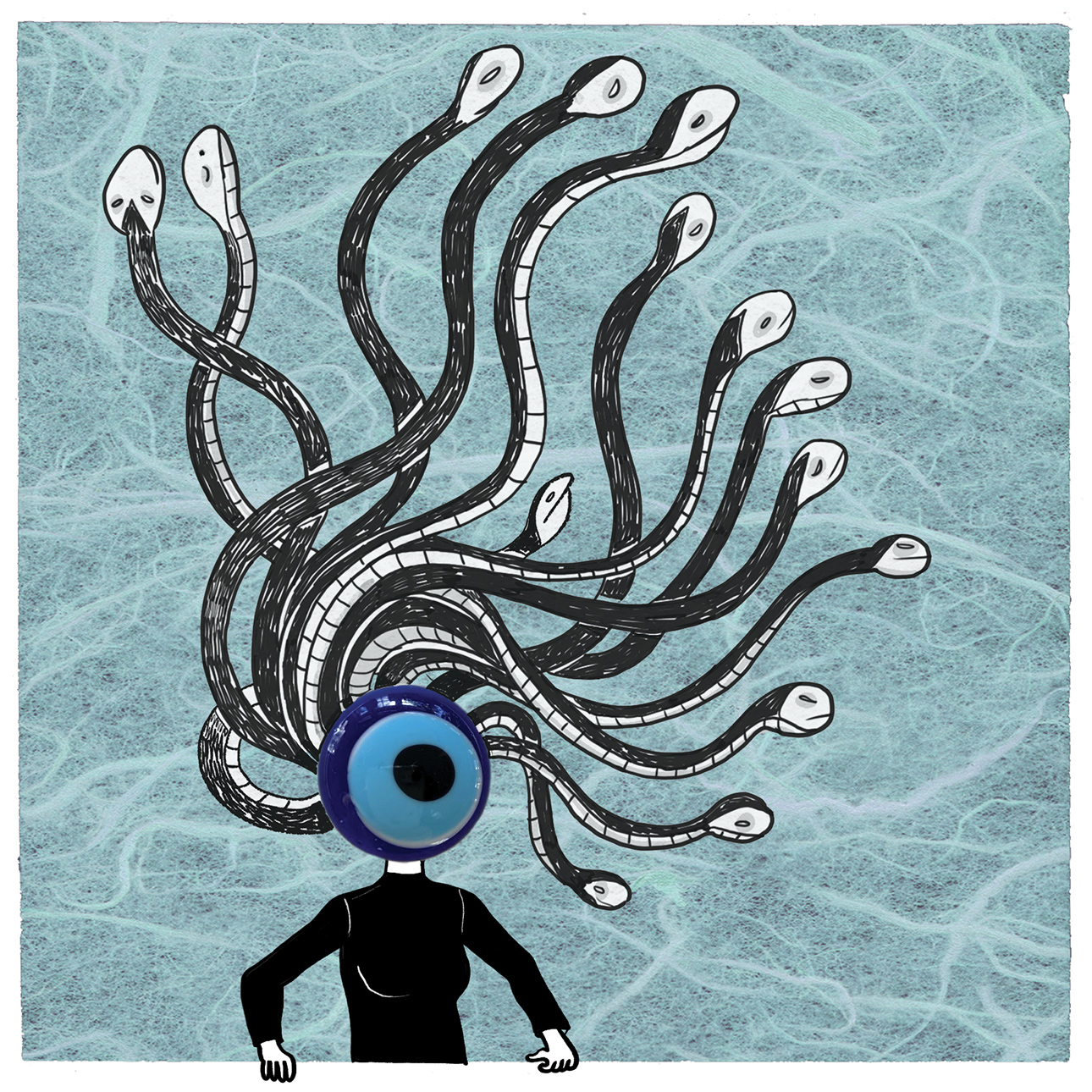
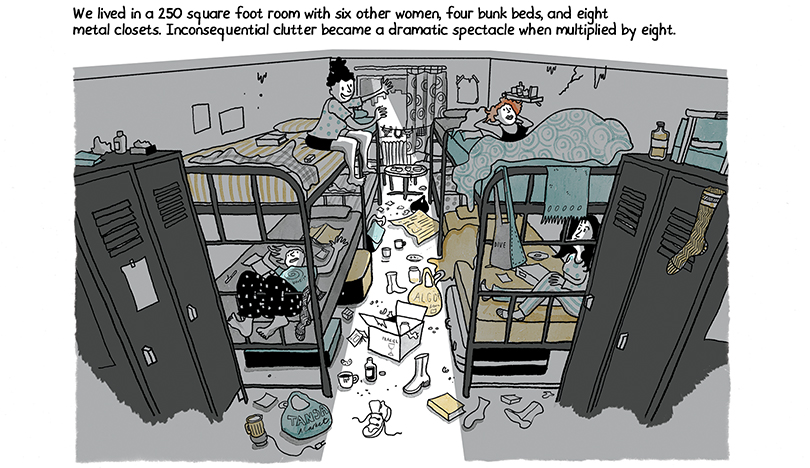
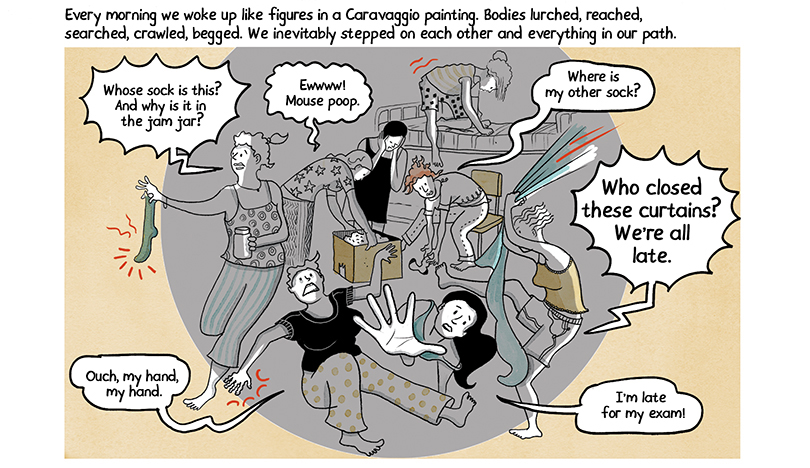
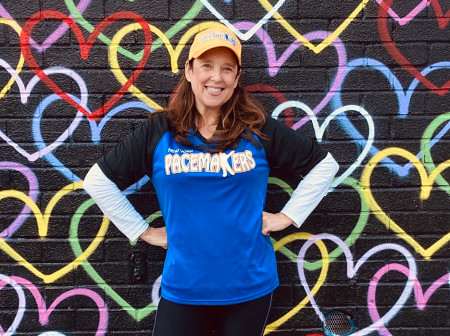

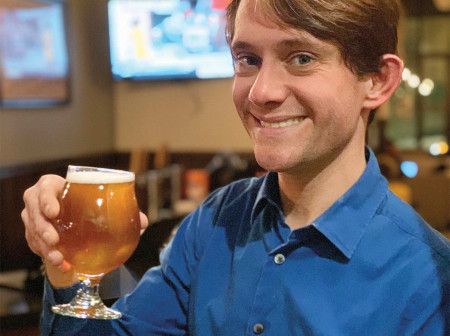
Reader Responses
No one has commented on this page yet.
Submit a Response